In the realm of workplace safety, protective footwear stands as a critical line of defense against a myriad of occupational hazards. These specialized types of safety workwear are designed not just for comfort but to shield the feet from injuries caused by falling objects, sharp materials, wet and slippery surfaces, electrical hazards, and extreme temperatures.
From construction sites and manufacturing floors to electrical work and outdoor projects, the right safety footwear can mean the difference between a safe day at work and a potentially life-altering injury. Understanding the diverse types of hazards present in various work environments underscores the importance of selecting appropriate protective footwear to ensure the safety and well-being of workers.
Types of Safety Footwear and Their Protective Features
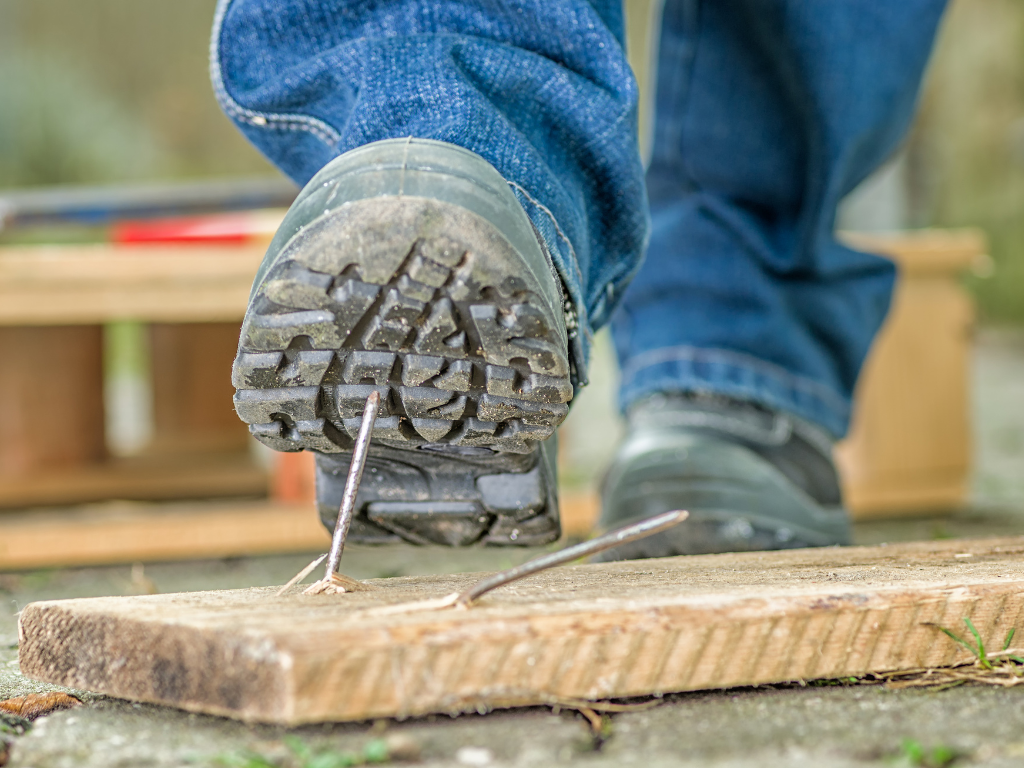
Steel-Toe Boots
Steel-toe boots are renowned for their robust construction, offering unparalleled protection against heavy falling objects and compression. A staple in industries like construction and manufacturing, these boots feature a reinforced steel cap over the toe area, safeguarding against crush injuries.
Composite-Toe Boots
As a lightweight alternative to steel-toe boots, composite-toe boots provide similar levels of protection without the conductive properties, making them ideal for environments with extreme temperatures or electrical hazards. These boots utilize materials such as Kevlar, carbon fiber, or plastic to offer safety without the weight and thermal conductivity of metal.
Waterproof Boots
In work environments where moisture is a constant, waterproof boots are essential to keep feet dry and prevent conditions such as trench foot. Crafted from water-resistant materials and often featuring sealed seams, these boots are crucial for outdoor work, especially in wet or muddy conditions.
Slip-Resistant Shoes
Slip-resistant shoes are designed with specialized soles that offer enhanced grip on slippery surfaces. Ideal for the food service industry, healthcare settings, and any workplace with wet or oily floors, these shoes help prevent falls and related injuries.
Electrical Hazard (EH) Shoes
For those working in environments with a high risk of electrical exposure, electrical hazard shoes are a must. These shoes are made from non-conductive materials, providing a secondary source of protection against accidental contact with live electrical circuits, electrically energized conductors, parts, or apparatus.
How to Choose the Right Safety Footwear for Your Job
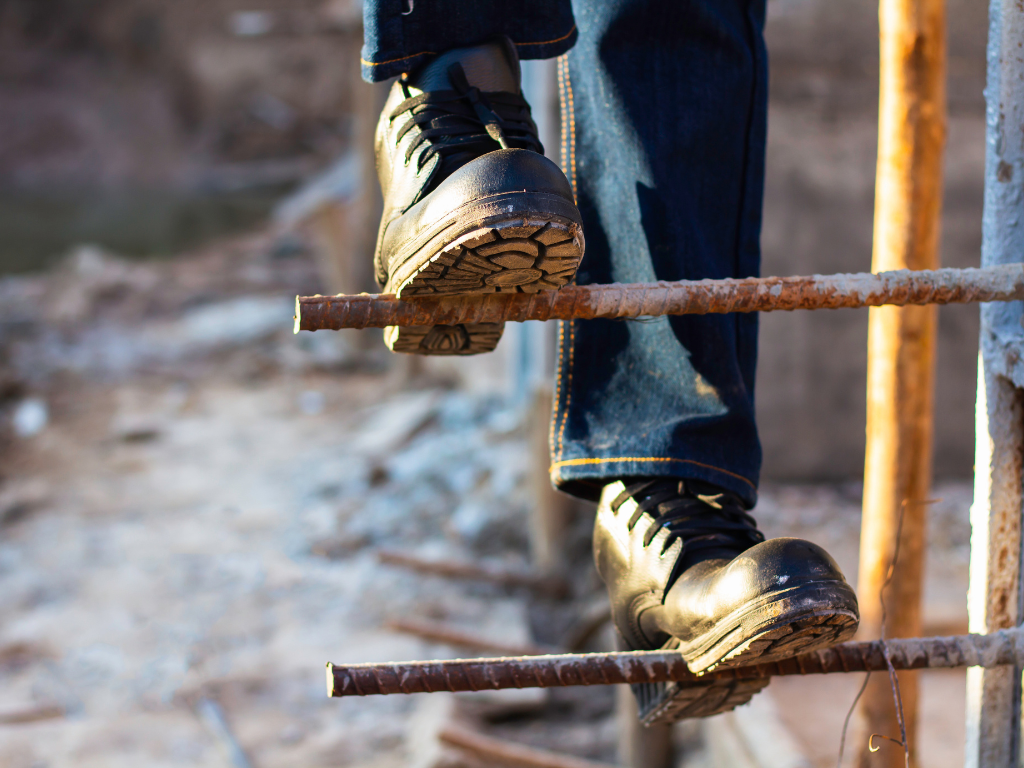
Selecting the appropriate protective footwear requires a careful assessment of the specific hazards present in your work environment. This process involves:
- Assessing Hazards: Identify the types of risks (impact, compression, chemical exposure, electrical hazards, etc.) present in your workplace.
- Safety Standards and Certifications: Familiarize yourself with relevant safety standards (such as ASTM or ISO) that apply to protective footwear. Look for footwear that meets or exceeds these standards to ensure adequate protection.
- Comfort and Fit: While safety is paramount, comfort and fit are also crucial, as ill-fitting shoes can lead to discomfort, reduced productivity, and other foot health issues. Consider factors such as size, material flexibility, and ergonomic features to ensure all-day comfort.
- Additional Features: Depending on your specific needs, you may also want to consider additional features such as puncture-resistant soles, insulation for thermal protection, or anti-static properties.
Caring for Your Safety Footwear to Maximize Lifespan and Protection
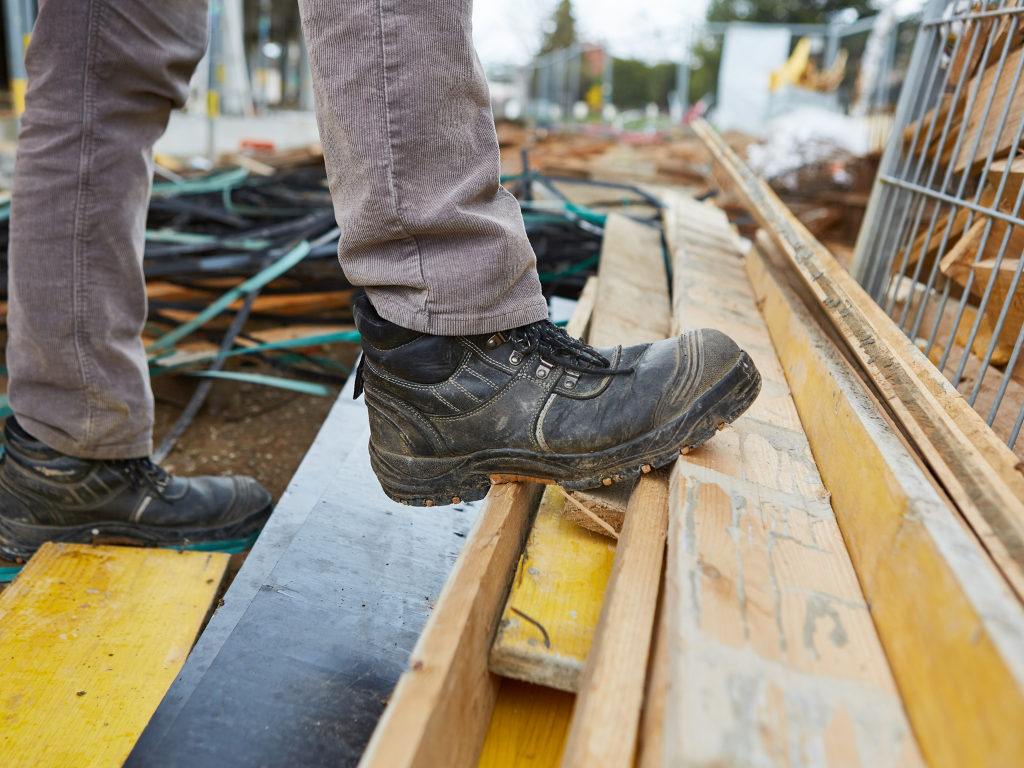
Proper care and maintenance of safety footwear are crucial for ensuring they provide the maximum level of protection throughout their lifespan. Here are essential tips and practices for maintaining your safety workwear footwear:
Routine Cleaning and Maintenance Tips
- Daily Cleaning: Remove dirt, dust, and chemicals with a soft brush or cloth after each use. For deeper cleaning, use mild soap and water, and let the boots dry naturally away from direct heat sources.
- Conditioning: Regularly apply a conditioner suitable for the material of your footwear (leather, synthetic, etc.) to keep it flexible and prevent cracking.
- Waterproofing: For waterproof boots, reapply a waterproofing agent periodically to maintain their resistance to moisture.
The Importance of Regular Inspection
- Wear and Damage: Regularly inspect your footwear for signs of wear, such as holes, tears, or separated soles, which can compromise its protective qualities.
- Insole and Lining Checks: Examine the inside of the shoes for any wear or damage to insoles and linings, ensuring no internal discomfort or potential for blisters.
When to Replace Your Safety Footwear
Recognizing the signs that your safety footwear needs replacement is key to maintaining workplace safety:
- Sole Wear: Worn-down soles compromise grip and slip resistance, essential for preventing falls.
- Compromised Protective Features: If steel toes become exposed or safety caps are damaged, the footwear can no longer provide adequate protection.
- Structural Damage: Any significant damage to the structure, such as holes or tears, indicates it’s time for a new pair.
The Impact of Technological Advances on Safety Footwear
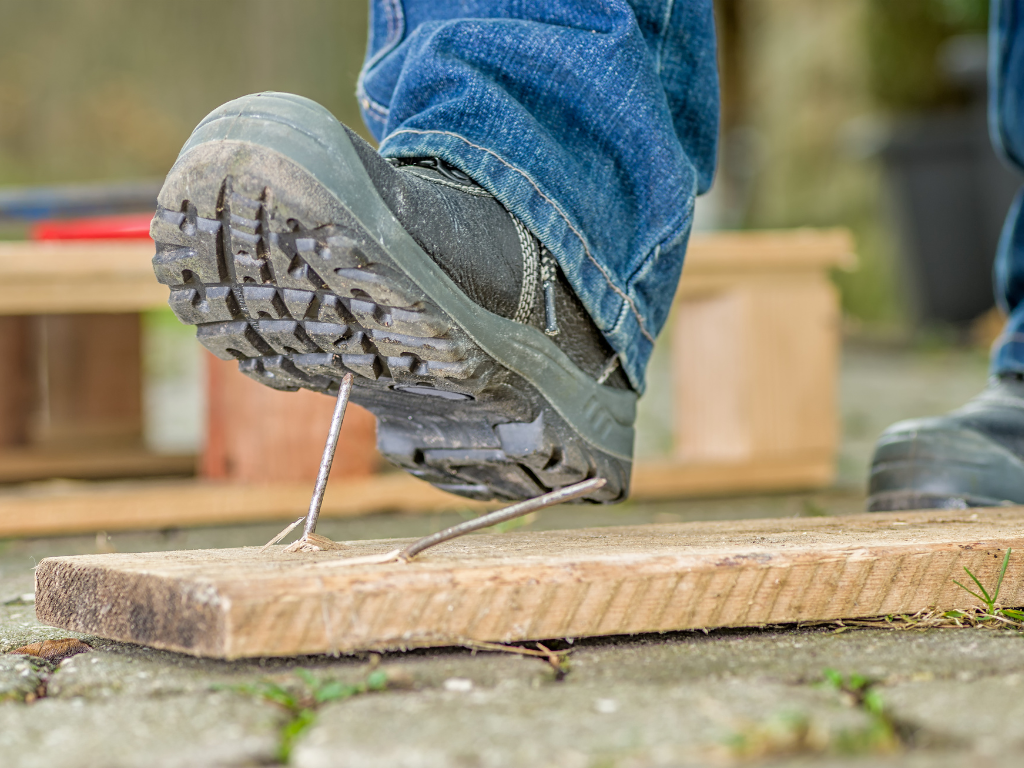
The field of safety footwear has seen significant technological advances, greatly enhancing the protective features and comfort of workwear shoes and boots.
Innovations in Material Science
- Lightweight Materials: New materials offer the same or better protection as traditional ones but at a fraction of the weight, reducing wearer fatigue.
- Breathable Fabrics: Advanced fabrics provide waterproof protection while allowing feet to breathe, reducing the risk of fungal infections.
- Durable Yet Flexible Soles: New sole materials offer enhanced slip resistance and durability while improving comfort by being more flexible.
Smart Safety Footwear
- Enhanced Safety Features: Footwear now incorporates smart technology, such as sensors that detect fatigue or unsafe conditions, and connectivity that can alert supervisors to workers in distress.
- Wearable Integration: Some safety footwear can integrate with other wearable tech, offering comprehensive safety monitoring, from heart rate to environmental hazards.
Navigating Safety Footwear Regulations and Standards
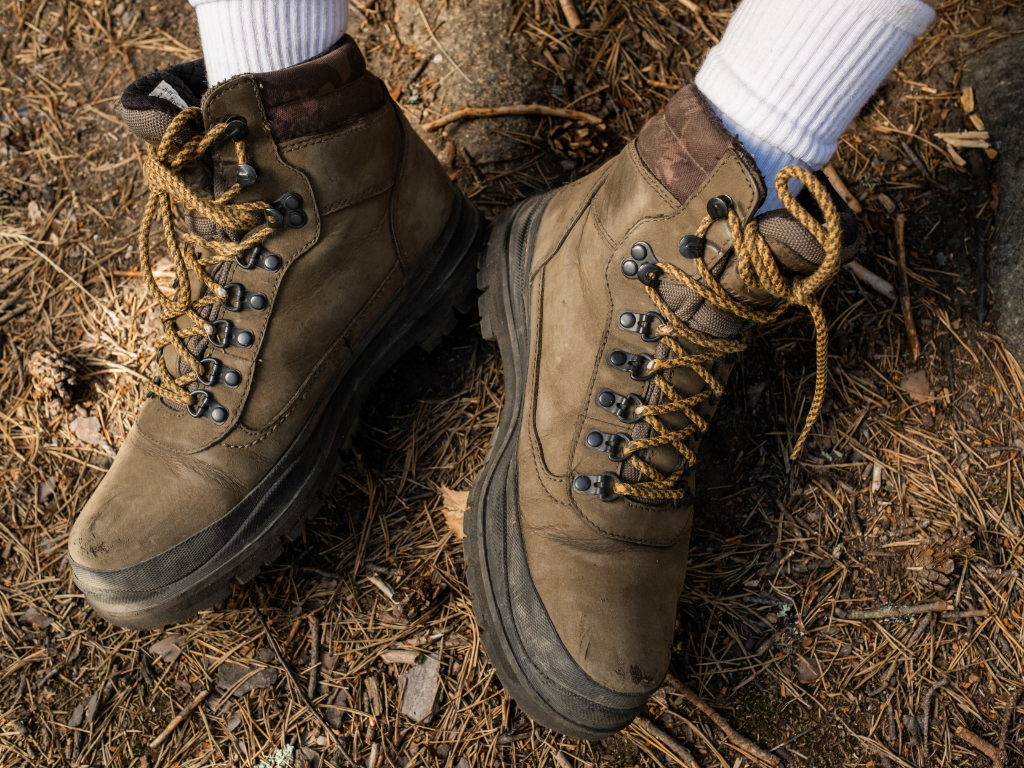
In the world of safety workwear, footwear stands as a critical component, governed by a complex framework of global and regional safety standards. Understanding these standards is paramount for ensuring that the selected safety footwear adequately protects workers and complies with legal requirements.
Understanding Global and Regional Safety Standards for Footwear
- Global Standards: Organizations like the International Organization for Standardization (ISO) and the American Society for Testing and Materials (ASTM) provide widely recognized safety standards. For example, ISO 20345 specifies basic and additional requirements for safety footwear used for general purposes.
- Regional Standards: Different regions may have specific standards. In the European Union, EN ISO 20345 is prevalent, while in the United States, ASTM F2413 is commonly referenced.
- Industry-Specific Standards: Certain industries may have additional safety requirements that go beyond general standards, addressing specific hazards faced by workers in those fields.
The Importance of Compliance
- Worker Protection: Compliance with safety footwear standards ensures that workers are adequately protected against workplace hazards, reducing the risk of injury.
- Legal and Financial Implications: Failing to comply with applicable safety standards can lead to legal consequences, including fines and lawsuits, as well as increased costs associated with workplace accidents and injuries.
Conclusion
Selecting the right safety footwear is a critical decision that significantly impacts workplace safety. This choice should be guided by a thorough understanding of job-specific hazards, ensuring that footwear not only meets safety standards but also offers comfort for all-day wear. Regular maintenance and adherence to cleaning protocols extend the lifespan of safety footwear and maintain its protective qualities, ensuring workers remain safe over time.
